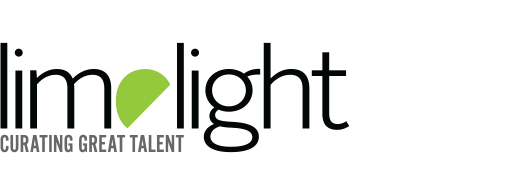Hot Topic: Unconscious Bias… What you don’t know you think. (Huh?)
By Kimberley King
Working with hundreds of organizations from coast to coast each year gives us the inside track on what organizations are thinking. We know the importance of diversity & inclusion in our workplaces and that it can create a real competitive advantage. It can foster innovation, it can increase global capacity and open doors where language barriers and cultural differences may exist. It can also improve a company’s talent pool and demonstrate a more progressive culture. We know it makes sense… but do we have thoughts and reactions to people without even realizing it?
The concept of unconscious bias has become increasingly topical in our workplaces. Yet it is a difficult notion for many to accept, especially for those who consider themselves unbiased. Bias in all its forms—based upon race, gender, sexual orientation, religion, politics or any other group affiliation—is more readily seen as a deliberate choice than as an unintentional predisposition. Nevertheless, research indicates that we human beings innately perceive anyone different from us as a threat because our brain has an evolutionary requirement to do so.
The capacity to discern ‘us’ from ‘them’ is fundamental in the human brain,” wrote David Amodio, associate professor of psychology and neural science at New York University, in his 2014 paper, “The neuroscience of prejudice and stereotyping.”
Tina Varughese is our expert when clients are seeking insight on matters relating to diversity, inclusive leadership, cross-cultural communication and unconscious bias. According to Tina, “First impressions, positive or negative, are made in seven seconds or less. We all make quick assessments of others without even realizing it. We are not born with bias. Biases are formed by past situations, experiences, background and culture.” Unconscious biases typically exist towards gender, race, religion, sexual orientation, age, disability (both physical and mental), and weight. Most of us will say “I see people for who they are” but do we? Unconscious biases affect and impact decision making both professionally and personally with real impact. Recognizing, managing and mitigating unconscious bias promotes diversity and inclusion. Diversity and inclusion drives innovation, increases productivity, and stimulates creativity while promoting a healthy, happy, engaging workplace culture.”
Tina’s sessions discuss:
-Neuroscience behind Unconscious Bias (“No blame, no shame”)
-Managing and Mitigating Unconscious Bias in Recruitment, Retention and Employee Engagement
-Breaking Bias- Strategies for Gender, Maternal, Affinity and Ageism
-Sesame Street 2.0- One of these things is not like the other, one of these things just doesn’t belong…..or does it?
-How Diversity Drives Innovation, Creativity and Productivity
-Why Creating a Culture of Inclusion affects Positivity, Profits and Purpose





